Select an Orthopaedic Specialty and Learn More
Use our specialty filter and search function to find information about specific orthopaedic conditions, treatments, anatomy, and more, quickly and easily.
GET THE HURT! APP FOR FREE INJURY ADVICE IN MINUTES
Shoreline Orthopaedics and the HURT! app have partnered to give you virtual access to a network of orthopaedic specialists, ready to offer guidance for injuries and ongoing bone or joint problems, 24/7/365.
Browse Specialties
-
- Hand & Wrist
Dupuytren’s Contracture
Dupuytren’s contracture is a thickening of the fibrous tissue layer underneath the skin of the palm and fingers. It is a painless condition and not dangerous, however, the thickening and tightening (contracture) of this fibrous tissue can cause the fingers to curl (flex).
More Info -
- Fractures, Sprains & Strains
- Hand & Wrist
Hand Fracture
A fracture of the hand can occur in either the small bones of the fingers (phalanges) or in the long bones (metacarpals). Symptoms of a broken bone in the hand include: pain; swelling; tenderness; an appearance of deformity; inability to move a finger; shortened finger; a finger crossing over its neighbor when you make a fist; or a depressed knuckle, which is often seen in a “boxer’s fracture.”
More Info -
- Foot & Ankle
- Podiatry
Morton’s Neuroma
Morton’s neuroma is not actually a tumor—it is a thickening of the tissue that surrounds the digital nerve leading to the toes. Morton’s neuroma most frequently develops between the third and fourth toes, and occurs where the nerve passes under the ligament connecting the toe bones (metatarsals) in the forefoot.
More Info -
- Pediatric Injuries
- Sports Medicine
Overuse Injuries in Children
Although the benefits of athletic activity are significant, young athletes are at greater risk for injury than adults because they are still growing. Some children play on multiple team sat the same time while others participate in one sport, all year long. Repetitive use of the same muscle groups places unchanging stress to specific areas of the body, leading to muscle imbalances that, when combined with overtraining and inadequate rest periods, can put children at serious risk for overuse injuries.
More Info -
- Elbow
- Joint Disorders
- Sports Medicine
Tennis Elbow (Lateral Epicondylitis)
Lateral epicondylitis, more commonly known as tennis elbow, is a painful condition that occurs when overuse results in inflammation of the tendons that join the forearm muscles on the outside of the elbow. Recent studies show that tennis elbow is often due to damage to the extensor carpi radialis brevis (ECRB), a specific forearm muscle that helps stabilize the wrist when the elbow is straight.
More Info -
- Diagnostics & Durable Medical Equipment (DME)
Traditional X-RAY, CT Scan, MRI
Diagnostic imaging techniques are often used to provide a clear view of bones, organs, muscles, tendons, nerves and cartilage inside the body, enabling physicians to make an accurate diagnosis and determine the best options for treatment. The most common of these include: traditional and digital X-rays, computed tomography (CT) scans, and magnetic resonance imaging (MRI).
More Info -
- Elbow
- Joint Disorders
Ulnar Nerve Entrapment at the Elbow (Cubital Tunnel Syndrome)
Ulnar nerve entrapment at the elbow, or cubital tunnel syndrome, occurs when the ulnar nerve in the arm becomes compressed or irritated. Although there are various areas where the ulnar nerve can become constricted, such as at the collarbone or wrist, it occurs most commonly behind the inside of the elbow.
More Info






